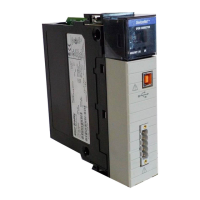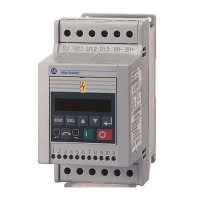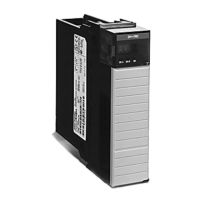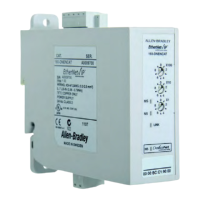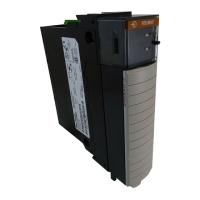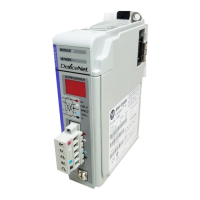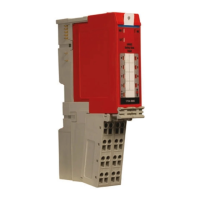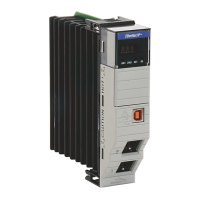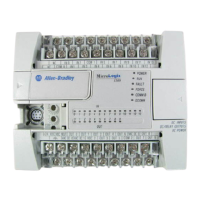Publication 1747-UM655B-EN-P - June 2007
110 AutoScan
How AutoScan Operates
AutoScan is active when the feature is enabled and the scanner is in
Idle mode. When active, the scanner attempts to connect to each
device not enabled in the scanlist. The scanner only checks for
devices with node addresses between 0…61, inclusive. The
connections to these devices are made on a round robin basis.
When a device is found, the scanner gets the Produced and
Consumed data sizes from the slave devices's Connection Object
instances. If either the Produced and Consumed data sizes are greater
than the configured fixed data mapping size (per configured in step
2), then the node is rejected and not entered into the scanlist. For
qualifying nodes, the scanner would enter the device into the scanlist
and attempt to allocate an I/O connection using one of the following
communication format choices (in this particular order).
The input and output data is mapped into the scanner's I/O data table
based on the device's node address and the configured fixed mapping
size. The formula for calculating the byte offset is:
M file Input (Output) [byte] Offset = ((Node Address) x (I/O Allocation
Size))
Format EPR
COS 250 ms
Poll 75 ms
Strobe 75 ms
Cyclic 500 ms
EXAMPLE
If a photoeye was connected on a network that only supported
strobed connections, the scanner does a couple of things. First,
it recognizes that a device exists for which memory was
available for the node number with the configured allocation
size on a network that was not currently mapped. Then, the
scanner would attempt to initiate both COS and polled
connections first but the strobed connection would be selected
as that is the only connection that the photoeye supported.
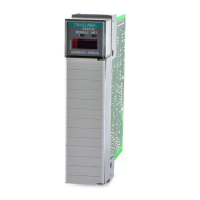
